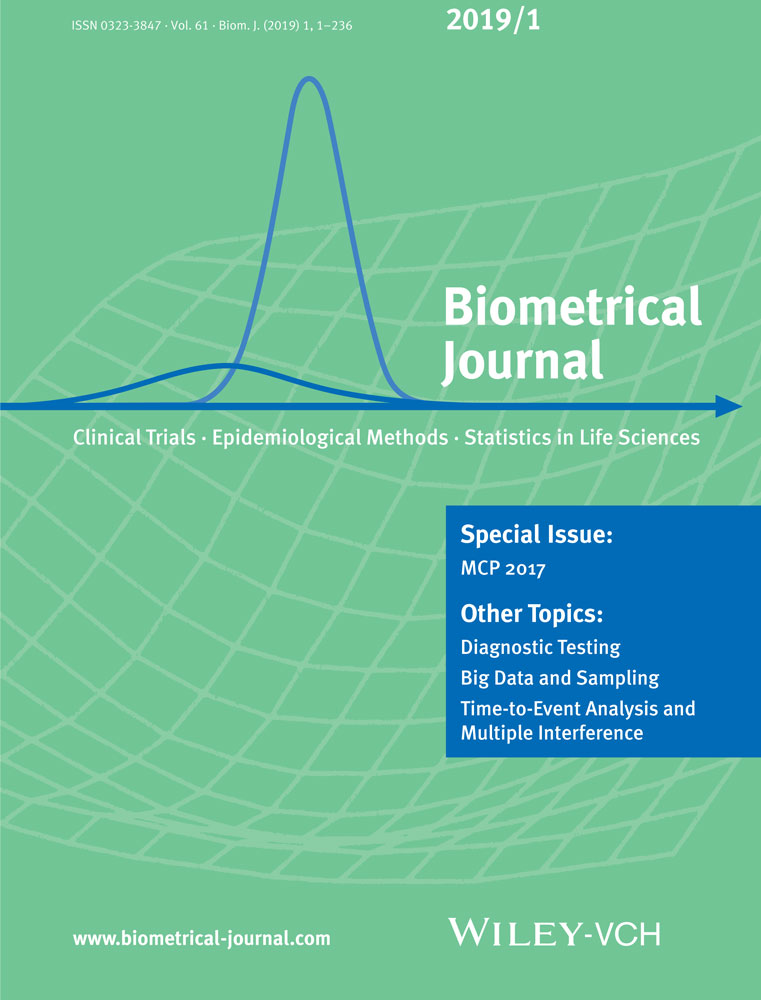A population-averaged approach to diagnostic test meta-analysis
Abstract
The meta-analysis of diagnostic accuracy studies is often of interest in screening programs for many diseases. The typical summary statistics for studies chosen for a diagnostic accuracy meta-analysis are often two dimensional: sensitivities and specificities. The common statistical analysis approach for the meta-analysis of diagnostic studies is based on the bivariate generalized linear-mixed model (BGLMM), which has study-specific interpretations. In this article, we present a population-averaged (PA) model using generalized estimating equations (GEE) for making inference on mean specificity and sensitivity of a diagnostic test in the population represented by the meta-analytic studies. We also derive the marginalized counterparts of the regression parameters from the BGLMM. We illustrate the proposed PA approach through two dataset examples and compare performance of estimators of the marginal regression parameters from the PA model with those of the marginalized regression parameters from the BGLMM through Monte Carlo simulation studies. Overall, both marginalized BGLMM and GEE with sandwich standard errors maintained nominal 95% confidence interval coverage levels for mean specificity and mean sensitivity in meta-analysis of 25 of more studies even under misspecification of the covariance structure of the bivariate positive test counts for diseased and nondiseased subjects.
CONFLICT OF INTEREST
The authors have declared no conflict of interest.




